Your organisation just had a ransomware attack.
Now what?
It’s an organisation’s worst nightmare when its supposedly secure computer freezes one day with a message on the screen letting you know that you’ve fallen victim to ransomware. Understandably, panicking would be your first reaction, but this won’t help with the situation. It can even make it worse, especially if you have little to no ransomware recovery plan.
Ransomware tactics are getting craftier over the years. The newer the ransomware, the more sophisticated it is and the harder it is for friendly IT geeks to crack. There’s no lack of ransomware attacks in Australia. There was even a 15% increase in ransomware cybercrime reports, according to the Australian Cyber Security Centre (ACSC). And the biggest attacks in 2021 mostly targeted healthcare institutions and government agencies, according to this article by Upgard.
It's only a matter of time before your organisation will fall victim to a ransomware attack. With the sophistication of ransomware attacks nowadays, no organisation is immune to them anymore. But what you can do is reduce your risk and save as much of your data as you can. Preparing a ransomware prevention and recovery plan - preferably with the help of cyber security service professionals - is necessary for an organisation to survive ransomware attacks of any magnitude.
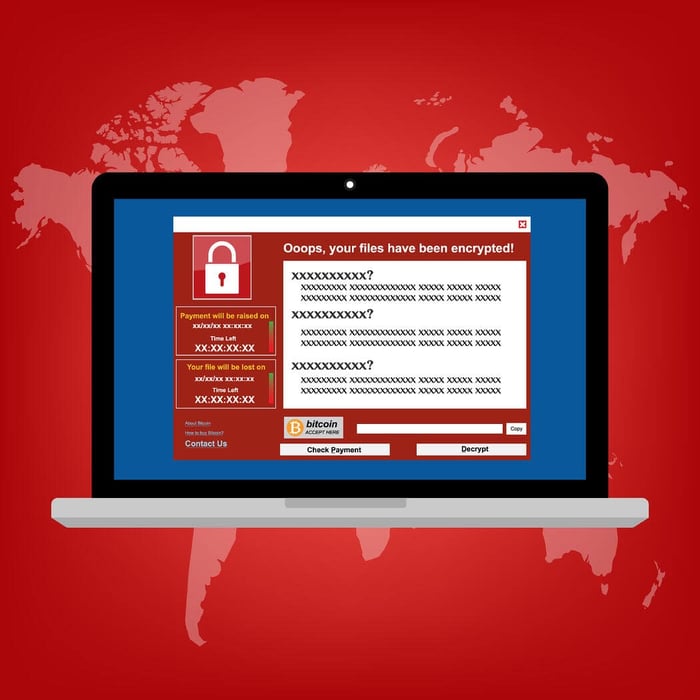
Ensure your data is safe with these best practices for an effective ransomware recovery:
How to ensure ransomware recovery in your organisation
Never pay the ransom
The FBI defined ransomware as malicious software that locks you out of your computer, data, or networks. The attackers then demand a ransom in exchange for a decryption key that would allow you to reaccess your data. The ransom amount varies as well. Depending on the target, it can go as high as AUD 250,000 for one malware victim, according to this ACSC report from late 2021.
When your computer has ransomware, you can either pay the ransom (which is not recommended by the FBI), attempt to remove the malware with your team, or wipe all systems completely and reinstall all applications and software again.
The latter two are the most reliable solutions to recover from a ransomware attack. But sadly, there are still a few who pay the ransom. The FBI discourages ransomware victims from paying the ransom. According to the agency, paying the ransom opens you to new risks such as:
- There’s no assurance that the perpetrators will return your data. There’s a chance the criminals will only take your money and not give you the decryption key.
- Motivate the criminals to continue with illegal activities and target more organisations.
- Encourage other individuals to enter this type of illegal business model.
The safest option for ransomware recovery is to remove the malware from your device and restore your system, or wipe everything and reinstall all your applications.
Find Computer X
If you decide not to pay the ransom, the first thing to do is find the infected computer, or the device the ransomware entered.
Once you find the ransomware’s entry point, isolate the device from other computers. Disconnect the infected computer from the network (wired and Wi-Fi) and refrain from inserting any portable storage device into it to prevent the malware from spreading throughout your network.
Take note that there may be more than one infected device. Either the ransomware has entered through multiple devices or has already infected multiple computers through connections. Ensure that you have checked all computers thoroughly. Double-check for any dormant malware in your systems waiting to activate itself after a certain period. Run a thorough scan of your devices. This way, you can do the necessary ransomware recovery actions for all infected devices (if any more are found).
Identify the ransomware
Determining the type of ransomware that has infected your machine will help you create an effective plan of action to remove the infection. When it comes to ransomware, it can either be screen-locking or encryption-based.
There are different types of ransomware and various ransomware examples. But for most of the time, the ransomware will introduce itself to you in the ransom note. If it didn’t, use tools like ID Ransomware by the Malware Hunter Team or the Crypto Sheriff by the No More Ransom! Project.
Knowing what type of ransomware you’re up against gives you a slight advantage. By understanding how ransomware behaves, attacks, and infects devices, you’ll be able to take the proper action to remove it from your machine and safely recover your data.
If you have proper documentation of the ransomware attack, report it to the authorities at once. Doing this will help others who were infected by it as well, to help them develop a well-rounded ransomware recovery plan in their organisation.
Remove the malware (wipe your systems)
In case you want to remove the malware from your computer without wiping your entire system, The No More Ransom! Project offers decryption solutions for a variety of ransomware. Search for the ransomware name on their Decryption Tools, check the how-to guide and download the decryptor.
Another option for ransomware recovery would be to completely wipe your system and reinstall all your software applications. With this, you can ensure that no traces of malware are left on your machine, and you can start from scratch.
Restore your data from backup
Wouldn’t it be nice if you restored your computer to how it was before getting breached? That scenario is possible if you have a backup solution. With it, you can get everything up and running in no time after you’ve wiped your computer clean as if a ransomware attack didn’t happen.
But before you recover your data, scan your backup first to prevent reinfecting your machine. Scan your backup with an anti-malware package for any hidden malware that might have synced along with your files.
If you’re backing up your data to the cloud, use a cloud antivirus solution for a more efficient ransomware recovery. This tool will automatically scan all syncing data for malware or viruses before uploading the data to the cloud server. One of the benefits of cloud antivirus is that there’s no need for manual updates or scans. It will automatically scan, report, and remove any infections it finds.

Prevention is better than a cure
The best defence against ransomware is prevention.
As ransomware attacks get nastier over time, no organisation is safe, no matter how advanced its IT security is. But that doesn’t mean that you won’t implement cyber security in your organisation. Although it doesn’t 100% prevent malware, it will reduce the chances of a breach and stop business downtime.
Fix the problem that allowed the ransomware to wreak havoc on your machine. Then, create a ransomware recovery and prevention plan if you fall victim to a ransomware attack. To avoid ransomware, remember to:
- Keep applications up to date
- Run regular anti-virus scans
- Auto-sync your backups and isolate them from your local machine
- Implement company-wide security awareness training
Make ransomware recovery a priority in your organisation
If a ransomware attack is stronger than your cyber security solution, data recovery is your last line of defence against it.
Your ransomware recovery solution should not be used unless necessary. Instead, focus on strengthening your ransomware prevention plan to block any type of malicious software right from the start.
Let our IT experts show you what the right cyber security solution looks like.
Signup for a complimentary IT Health Check here and let our experts help you find technological vulnerabilities. As a bonus, we'll provide you with a business IT risk assessment and a mitigation plan to move your business forward without the risk of ransomware.
Frequently Asked Questions
Is it possible to recover from ransomware?
Absolutely. To effectively recover from ransomware, it's best to take a systematic approach. First, disconnect the infected systems to prevent the ransomware from spreading throughout your network. Once the threat is isolated, employ security tools to detect and remove the ransomware. After ensuring the malware has been removed from your device, you can begin restoring your data from clean, secure backups. However, make sure your device is completely free of any malware before restoring to avoid contaminating your backups.
Once your system is recovered, implement cybersecurity measures to prevent future attacks. This includes regularly patching vulnerabilities, using antivirus and anti-ransomware software, conducting frequent security audits, and more.
How much does it cost to recover from ransomware?
Recovering from ransomware can be quite expensive if you don't have a solid recovery strategy in place. In 2023 alone, cybercrime in Australia has cost businesses and individual users over $3 billion, with a significant portion attributed to ransomware.
On average, if a business lacks backups, the cost of recovering from a ransomware attack can exceed $5 million. This includes ransomware payments, recovery costs, reputational damage, and other expenses.
What happens if you pay ransomware?
Even if you choose to pay the ransom demanded by cybercriminals, there's no guarantee that they will provide you with the decryption key needed to regain access to your data or computer systems. Furthermore, even if they do provide the key, there is still no assurance of your data's integrity and security, as they may have already copied or tampered with it.
Paying the ransom also does not remove the malware from your devices, which means there's a risk of continued targeting by the attackers and potentially encouraging further attacks on others.
What is a ransomware recovery plan?
A ransomware recovery plan is a comprehensive framework that outlines an organisation's procedures for effectively responding to and recovering from ransomware attacks. All organisations, regardless of size, should have this guide if they conduct online operations, as it helps minimise the impact of cyber threats on daily operations and data.
How do you recover from a ransomware attack?
Recovering from a ransomware attack requires a methodical approach to ensure your systems can return to full functionality while minimising the risk of future incidents.
Start by immediately isolating the infected system from the network. Then, use the necessary security tools to detect and remove the ransomware. After the ransomware is removed and you have confirmed that there are no traces left in the system, you can safely restore your data and applications from your backups. Before restoring, it’s essential to verify the integrity of these backups to ensure they are unaffected by the ransomware.
What is the recovery timeline for ransomware?
There is no fixed recovery timeline for a ransomware attack, as various factors can influence an organisation's recovery process. Key factors include the organisation's preparedness prior to the attack, their incident response capabilities (which determine how quickly they can isolate infected systems), and the severity of the ransomware attack itself, including how rapidly it spreads throughout the network.
Based on these factors, the average time to recover from a ransomware attack can range from a few days to several weeks. However, in particularly severe cases or if the organisation is unprepared, recovery can take months, significantly impacting business operations and resulting in financial and reputational damage.







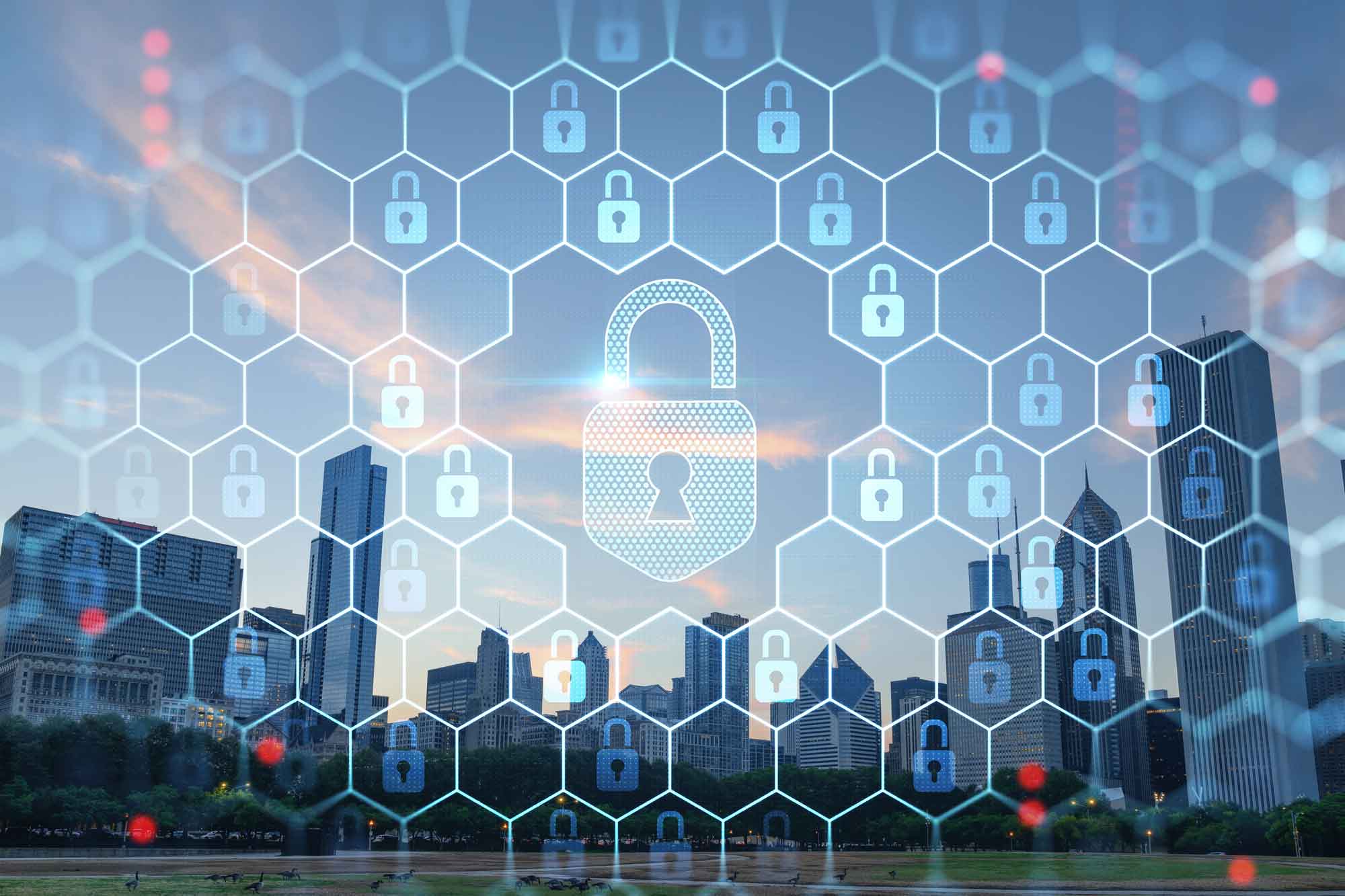
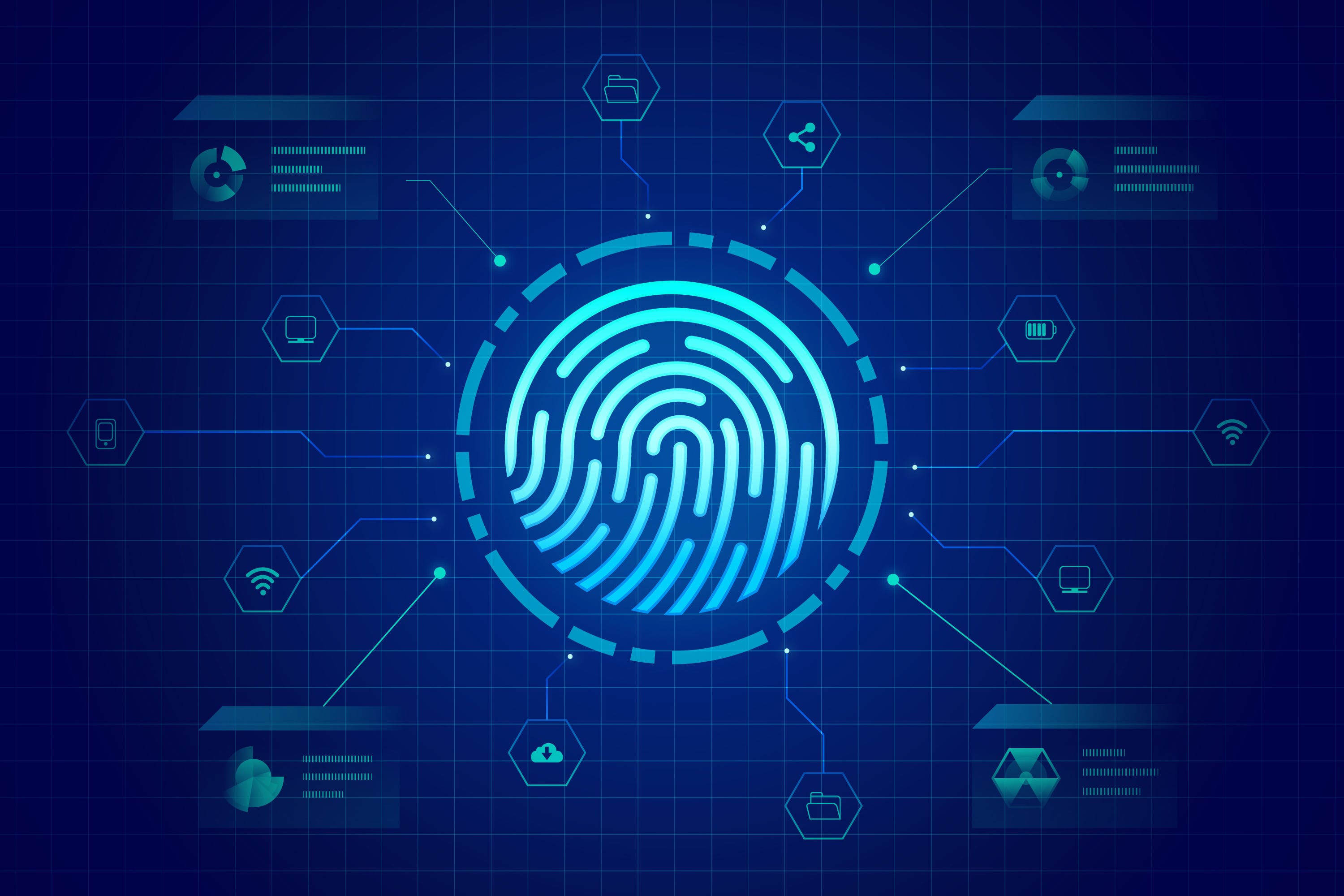
.jpg)




